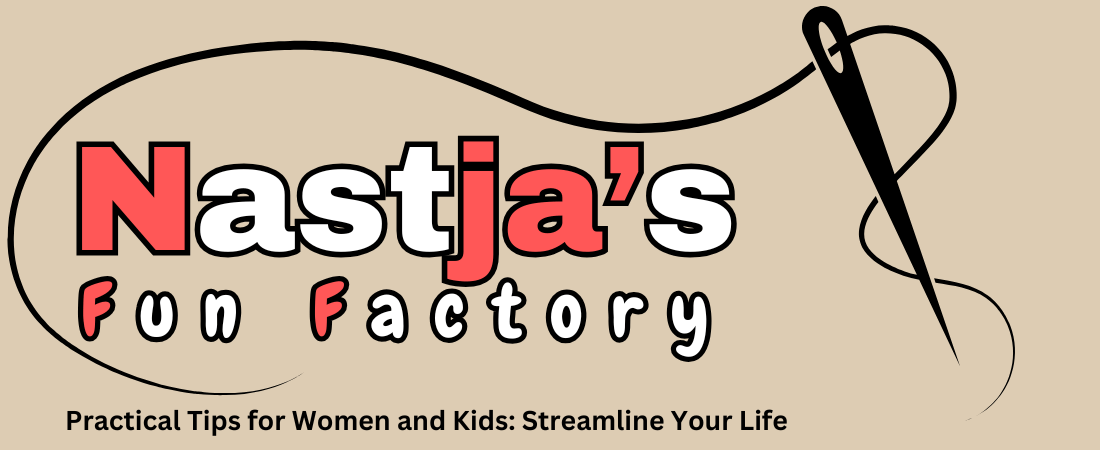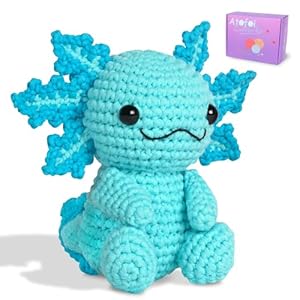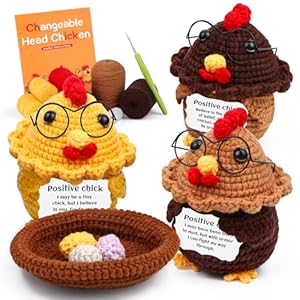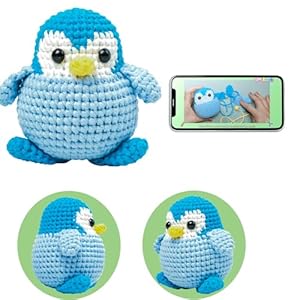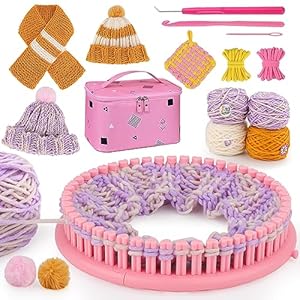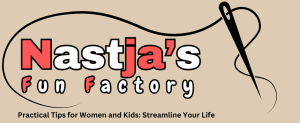
Khadi Handmade Bound Stitched Pads contain 15 sheets (3 pages) of 150 gsm, 100% long fibred cotton rag paper, suitable for both wet and dry media. In this Artist Review of the Month, Sarah Waite talks about the tactile appeal of the sketchbooks, and how the quality of the paper allows you to experiment with many layers of mixed media.
Artist Review of Khadi Handmade Bound Stitched Pads
by Sarah Waite
I own a lot of sketchbooks. Some of them are satisfyingly full and some remain untouched, ready for the next sketchy adventure. My ‘faithfuls’ are a staple. I know that a smooth hot pressed book with a bit of weight will do nicely for mixed media, allowing me to choose whatever scratchy, wet or oily mess I’m going to make.
But sometimes I want to try something new, which is how I encountered Khadi’s covetable books. They’re the ideal holiday size, in that you can finish a book in one week. With just 20 sheets there is no sad little white space where you ran out of time and gusto.
I’ve bought both surfaces of the Khadi Handmade Bound Stitched Pads. Most recently the rough, or more appropriately, very rough, cotton rag.
I can’t say it’s the most useful book I’ve ever bought. You see, I’m not a traditional watercolourist. I’m thrilled by bold bolshy marks and I like to lay them heavily with little care for where they land.
I knew at the time that it wouldn’t be ‘me’, but here’s the thing – it feels so exceptionally beautiful to touch. The fall of the pages when you open the book is a tactile wonder. Stroking your fingers over the pitted surface is sensory joy. I’m not sure I want to paint in it, I just want to touch it and wonder at the comely wrinkle of the deckle edge.
I discovered my love of Khadi in a pub after an urban sketch meet. My talented friend had exploded paint dramatically over the largest size of Khadi rough book. It was well travelled, having accompanied her across Europe. We carefully opened the book which had become fragile with globetrotting, taking care not to dip the flat-opening spine in spills of beer.
I couldn’t possibly emulate her technicolour inky marks that sank so well into the mottles of the rough cotton rag, but I had to buy one to explore it in my own way.
I can fully batter this paper. It will take anything I throw at it. I can lay a heavy slick of oil pastel, rub at it with my fingers, attack with a dollop of turps, scratch into it with a wax pencil, stress its surface with whatever comes to hand, soak it in sloppy ink, and generally treat it far worse than it deserves.

Llama Farm, 2024
Sarah Waite
Oil pastel monoprint on Khadi Handmade Watercolour Paper 150 gsm, 20 x 20 cm | 7.8 x 7.8 in
Pictured here is my Llama sketch experiment to see how well it takes a monoprint (sketched over a layer of thick oil pastel on baking paper). As you can see, the textural effect is enhanced by the roughness of the paper. It also resists the messy ‘pick-up’ that can occur on a smoother surface when the pressure of your hand causes unintentional marks to transfer.
My only criticism of the book is that it feels a bit ‘too precious’. A truly covetable book can cause me to overthink what I will create. Its precious nature would make it perfect for gifting though.
About Sarah Waite
Sarah Waite resides in West Yorkshire, United Kingdom. She can often be found in the great outdoors trying to keep the rain off her sketchbook.
Further Reading
A Guide To Stretching Watercolour Paper
Introduction to Mezzotint Printmaking
Inside the Sketchbook of Lisa Takahashi
How to Create the Best Digital Photographs of Your Artwork
Shop Khadi Handmade Bound Stitched Pads on jacksonsart.com
Trending Products
